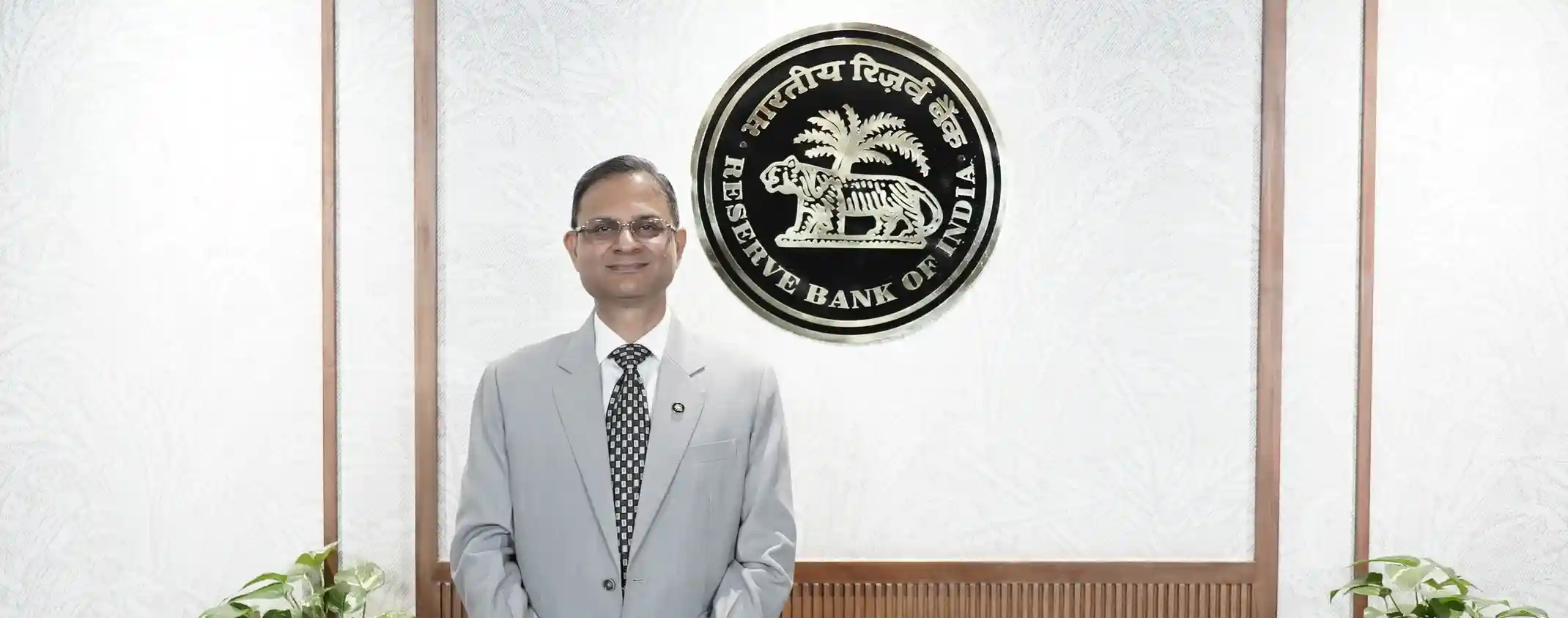Speeches - আরবিআই - Reserve Bank of India
Speeches
The Karur Vysya Bank family - represented here by the Chairperson, the Directors on the Board, the shareholders, MD CEO, the staff, officials and the customers of the bank and their families, ladies and gentlemen, Anaivarukkum Vanakkam. Namaskaram. A warm good afternoon.
The Karur Vysya Bank family - represented here by the Chairperson, the Directors on the Board, the shareholders, MD CEO, the staff, officials and the customers of the bank and their families, ladies and gentlemen, Anaivarukkum Vanakkam. Namaskaram. A warm good afternoon.
Principal, NIBM, Dr Partha Ray, Members of Faculty, my colleagues from the Reserve Bank of India, and most importantly, our promising future bankers from the PGDM Batch of 2025-27. A very good evening to all of you.
Principal, NIBM, Dr Partha Ray, Members of Faculty, my colleagues from the Reserve Bank of India, and most importantly, our promising future bankers from the PGDM Batch of 2025-27. A very good evening to all of you.
Chairmen and Directors of Urban Cooperative Banks; Shri Jaikish, Principal of the College of Agricultural Banking; my colleagues from the Reserve Bank of India; ladies and gentlemen - a very good afternoon to all of you.
Chairmen and Directors of Urban Cooperative Banks; Shri Jaikish, Principal of the College of Agricultural Banking; my colleagues from the Reserve Bank of India; ladies and gentlemen - a very good afternoon to all of you.
Distinguished guests, participants, colleagues, Ladies and Gentlemen, Let me at the outset thank the organisers for having me here to share my thoughts on this important topic. Climate risks and green infrastructure financing, as a catalyst for achieving net-zero emissions, has to move over time from the margins of policymaking to the heart of global and national agenda and occasions such as these should help in this endeavour.
Distinguished guests, participants, colleagues, Ladies and Gentlemen, Let me at the outset thank the organisers for having me here to share my thoughts on this important topic. Climate risks and green infrastructure financing, as a catalyst for achieving net-zero emissions, has to move over time from the margins of policymaking to the heart of global and national agenda and occasions such as these should help in this endeavour.
পেজের শেষ আপডেট করা তারিখ: জুলাই 29, 2025

















